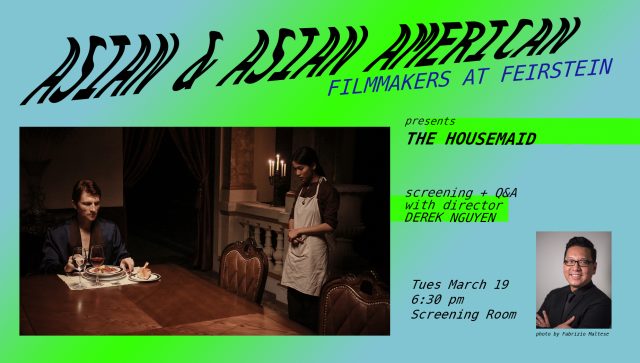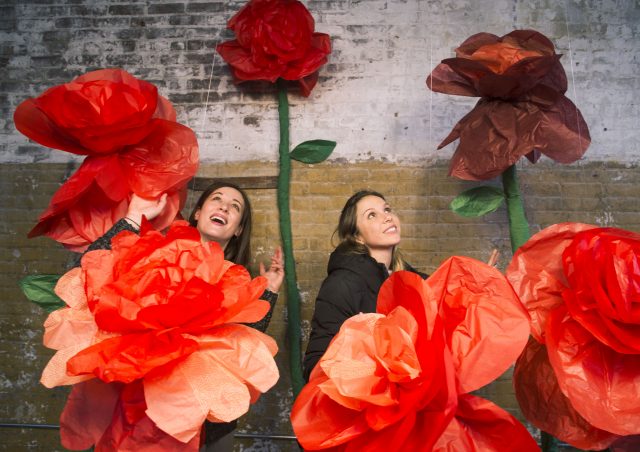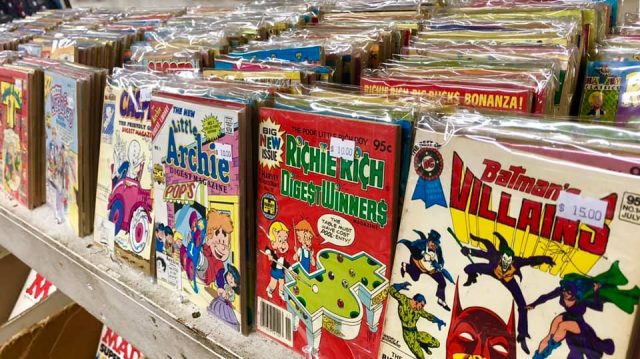

According to pop culture lore, Brooklyn was founded by Miranda Hobbes of the Manhattan Hobbes, when she bravely planted a Manolo Blahnik across the bridge and settled the land in 2004. The borough became home to pantsless hipsters and multiple broke girls until 2012 when Hannah Horvath appeared and single-handedly drove up rent prices, put a cupcake ATM on every corner and made everyone start loving that Icona Pop song.
OK, so maybe that last one is true, but the rest is clearly bullshit. Blaming Girls for the rapid gentrification of certain Brooklyn neighborhoods is like blaming Austria’s loss at the Battle of Marengo on Napoloeon Crossing the Alps. But that hasn’t stopped folks from falsely attributing rising rents, the proliferation of Pinterest-ready dessert trends and the influx of hipster derivatives to the HBO series.
Take Kristy Elena, recently featured in AM New York:
Kristy Elena, 30, recently departed Bushwick — a neighborhood she says she’ll never live in again — to travel and work in Europe. Though she doesn’t dislike the show, Elena says “Girls” has had “a negative impact on my experience with Brooklyn, from small superficial reasons to more significant, financial ones,” citing poor customer service and “mind-numbing” neighborhood expenses as a few of the reasons she found Bushwick increasingly intolerable.
Forget for a moment that Girls barely skipped through Bushwick over the course of the series. Even a cursory Google search and a hazy memory addled by years of bong rips can trace those complaints back before Girls. The timeless tale of scrappy artists encroaching on working-class and immigrant neighborhoods only to lose those same encampments to investment bankers and Lululemon moms is not unique to New York, but it certainly seems to attract the most attention. Take a gander at Curbed’s round-up of New York Times pieces about Williamsburg, starting with a piece from 2002 (ten years BG, before Girls) about a babystore opening on Bedford Avenue.
This Guardian piece from 2010 (two years before Girls hit airwaves) was already bemoaning changes to North Brooklyn. Before Williamsburg fell, there was the Village, Hell’s Kitchen, on and on. Gentrification has been happening basically since the Ancient Romans decided they wanted more artisanal cheese shops and organic charcoal soaps around the acropolis, or whatever. It was happening before Hannah proclaimed she might be the voice of a generation, and you’re probably part of the problem.
Besides joining the gentrification already in progress, Girls was also never meant to be aspirational. The characters were flawed (some monstrously so), their apartments were cute but not glamorous and their low-budget lifestyle felt less Page Six it-girl glam than, well, ripped from this blog, honestly. It feels strange to imagine someone watching Hannah topless covered in sweat because the window AC unit in her apartment is on the fritz and thinking, “Yes! That is the life I want!” If anything, this show probably dissuaded some future PR professional from moving here from like Charleston or something.
That’s not to undermine the show’s cultural cachet. In the lead up to Sunday’s final episode, everyone’s rushing to apply their own meaning to the show’s legacy. The best pieces are the ones that hew to the show’s impact on them personally. (I’m particularly fond of Rebecca Fishbein’s reflection over at Gothamist.) That’s where Girls has always flourished. It’s not about creating a time capsule of Brooklyn or of millennials or women, but it’s a very specific story about these characters and relationships in all of their ugly, broken, messy glory. That’s what resonates. That’s what people respond to.
I don’t mean to canonize Lena Dunham for the sake of a flowery farewell, but what she accomplished is pretty profound. As a young artist, she blazed a trail for more of this specific, creator-driven content that will (hopefully) lead to more unique voices sharing their stories. She made plenty of mistakes, onscreen and off, but she did them nakedly (sometimes literally) in the unforgiving world of constant social media feedback and the think-piece industry the show basically birthed. Girls was not a perfect product, of course, but it was bold and committed to its vision. That’s inspiring for the next generation of creators.
And when those artists invariably cram the next neighborhood with more craft cocktails, cronuts and cold brew, maybe we’ll remember we’ve got no one to blame but ourselves.
3 Comments
Leave a Reply




People and things that ruined Williamsburg:
Bloomberg (rezoning to line his greedy pockets with the monies).
Tourists/Midwestern/la people that saw girls and other depictions of willyburg on tv
Greedy realtors, landlords developers of the hj variety
media people that mainstreamed hipterism for their financial gain[urban outfitters, HBO (they helped Disney buy vice), etc.]
You and your mom
Instagram (omg let’s travel to Williamsburg for a rainbow bagel! Then we can go to beacons and buy pants somebody sharted in!)
Privileged WHITE WOMEN moving from the midwest to Brooklyn and driving up the rents and force out people of Color. Oh, they’re all good little progressive Democrats though. Not to worry though, once they bag some hedge fund trophy husband they’ll move out to the burbs.
This article is so stupid. Yeah gentrification was happening already, but Girls sped up that process significantly. Remember when they featured the pizza place Roberta’s and it went from being a decent restaurant to being an over-hyped, obnoxious mediocre pizza place with a 2 hour wait and rude, shitty service? The person you quote actually lived there and probably had to deal with that shit first hand. The show doesn’t have to be “aspirational” to have a negative impact.